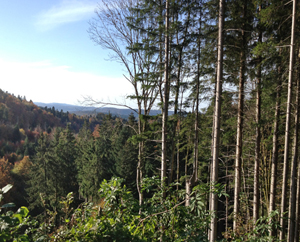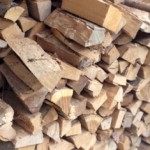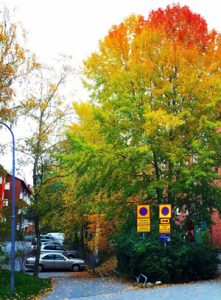21st March – The international day of forests

For some years now, the United Nations has promoted an ‘international day of forests’. Essentially, the day is a celebration of forests and woodlands; it seeks to raise awareness and importance of all types of woodland (large or small). Woodlands and forests offer a wide range of ‘ecological services’ :
- Woodlands and trees absorb carbon dioxide and ‘lock it away’ in the form of complex organic compounds (e.g. lignin) i.e. carbon sequestration, helping to offset some of the impacts of climate change associated with the release of carbon dioxide from industrial process.
- Trees offer fruits, nuts, leaves and insects to the local populations of animals and humans - for food, medicines or income.
- Woodlands and forests that are managed generate tourism and jobs; they also offer opportunities for rest and relaxation
 Forests and woodlands help filter water and regulate its flow - contributing to clean water and mitigating the risk of flooding
Forests and woodlands help filter water and regulate its flow - contributing to clean water and mitigating the risk of flooding- Wood / timber can be sourced from woodlands - for use in construction or as a renewable fuel resource
- The trees in woodlands can help reduce airborne pollutants, lower noise pollution and offset visual pollution by shielding industrial areas etc. from direct view.
All of the above contribute to our general well being.
Last year,  the day focused on how trees and woodlands help make towns and cities better places in which to live - for example, through helping reduce airborne particulate pollution and cooling the urban environment. This year the day has the theme “Forests and Education” and seeks to promote :
the day focused on how trees and woodlands help make towns and cities better places in which to live - for example, through helping reduce airborne particulate pollution and cooling the urban environment. This year the day has the theme “Forests and Education” and seeks to promote :
- an understanding of our trees and forests, and why keeping them healthy is crucial for our future
- learning about trees; which can start at an early age
- Knowledge of both modern and traditional techniques of woodland management (e.g. coppicing) and why they are important in keeping forests and woodlands healthy
- education and knowledge about forests and woodlands so that the world can change for the better
- equal access to learning about trees, woodlands and forests.
Comments are closed for this post.
